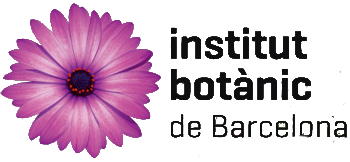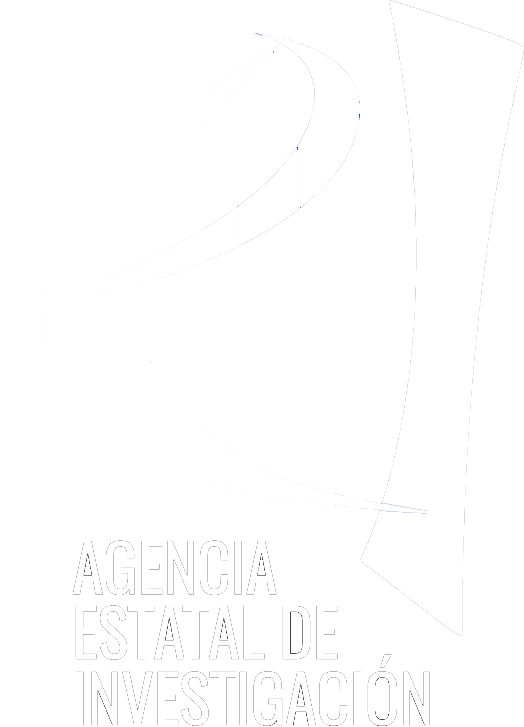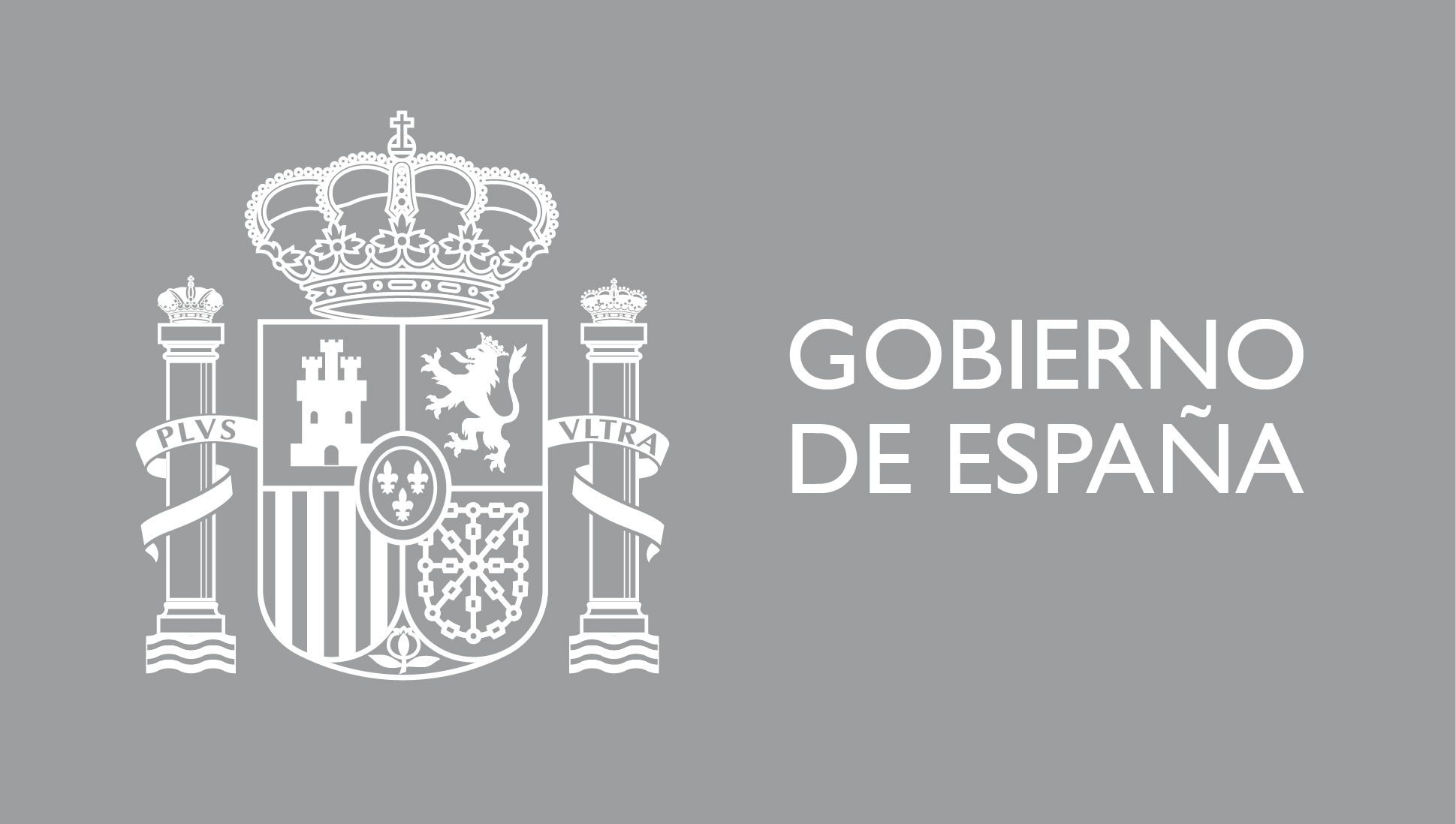THE INSTITUTE
The Botanical Institute of Barcelona (IBB) is a joint venture between the Spanish National Research Council (CSIC) and the Natural Science Museum of Barcelona Consortium (MCNB). The Institute was established in 1934; in 1942 Pius Font i Quer was appointed as tenured scientist for the Institute. In 1986, IBB was incorporated as an associated centre; one year later, the first tenured scientist of IBB’s modern era joined the institution. In 1998, a new agreement was signed with the City Council creating the Institute as a joint centre.
The second largest botanical centre in Spain, IBB stands out due to both its scientific significance and the volume of its collections. Current botanical collections include approximately 800,000 herbarium specimens. These collections, as well as the specialised library, are part of the CSIC Library Network, which can be accessed via the Internet and is fully accessible to all interested researchers.
The IBB also holds the Salvador Cabinet, one of the few naturalist collections of the Enlightenment period still preserved. This collection, which is part of the Natural Science Museums Network of Catalonia (XMCNC) and is open to the public, includes a variety of specimens: fossils, shells, seeds, various animal and plant products and the herbarium. Holdings also include a scientific, medical and pharmaceutical library from the 16th and 18th centuries—one of the most important libraries of its kind in the world.
Currently, the IBB has four main research groups: Biodiversity and Plants Evolution, Vegetal diversity, genome evolution and ethnobotany, Native and alien flora: diversity, collections, and conservation and Entomology and insect-plant interactions.
The IBB is located in Montjuic Park, one of the most emblematic areas of Barcelona, both culturally and historically. The “historical building,” which was the first headquarters of the Institute, is located near the Palau Nacional, home to the National Art Museum of Catalonia. Currently, the IBB is located in a newer building (2003), located atop the Botanical Garden of Barcelona (JBB)—an institution with which it has a close relationship.
The origin of the Botanical Institute of Barcelona (IBB) can be traced back to the establishment of the Natural Sciences Museum in 1882, which originated with the collections naturalist Francesc Martorell i Peña (1812 – 1878) donated to the city of Barcelona.
Under an agreement signed at the Barcelona City Council between the Regionalist League and the Republican political parties (1916) three major natural science museums were established: zoology, geology and botany. The most important such museums in Catalonia’s history, came under the leadership of Josep Maluquer i Nicolau, with the collaboration of Community of Municipalities and the Generalitat of Catalonia. This project originated from existing collections together with those ceded by the Catalan Institute of Natural History. In 1917, Dr. Pius Font i Quer (1888 – 1964) joined the Museum’s Botany Department.
The Botanical Institute itself was founded in 1934. Between 1917 and 1937 Dr. Font i Quer undertook intensive botanical expeditions throughout North Africa and the Iberian Peninsula. He acquired important bibliographic collections and reference collections with the objective of creating a relevant herbarium of Western Mediterranean flora. The creation of the botanical garden began in 1930 in the Fuixarda quarries of Parc de Montjuïc. In 1940, the ancient Botanical Institute was moved to a building nearby.
In 1998, a new agreement was signed converting the Botanical Institute into a joint venture managed by the Spanish National Research Council (CSIC) and the Barcelona City Council. Under this new agreement the CSIC funded the construction of a new building located on top of the new Botanical Garden (2003). The Botanical Institute has moved into new development stages with progressively more involvement of the CSIC.













